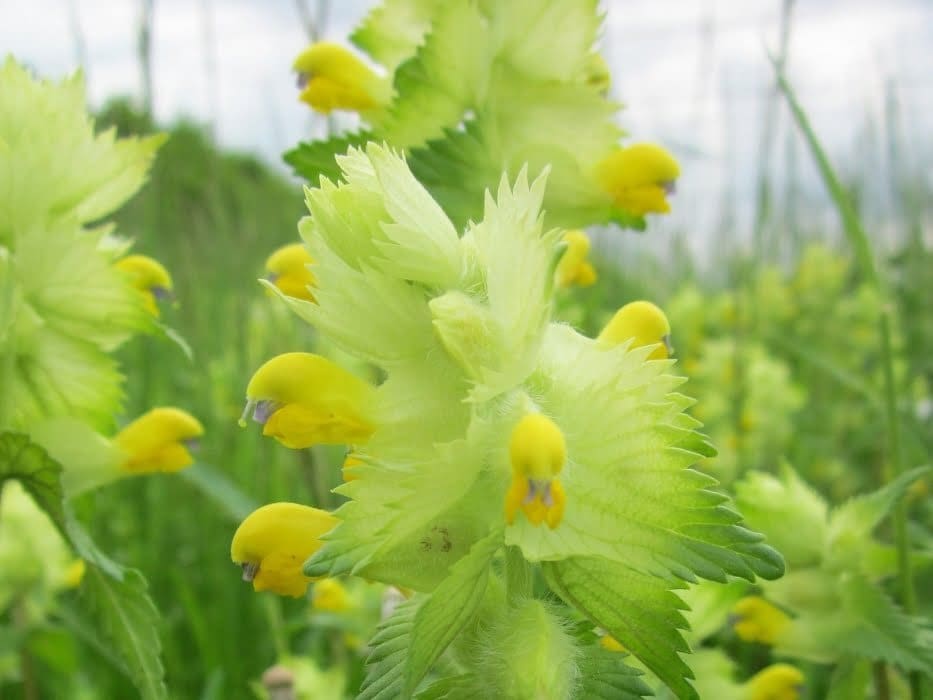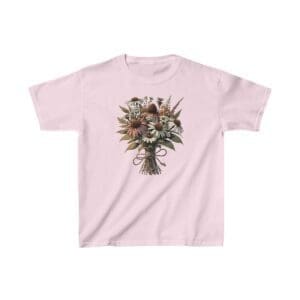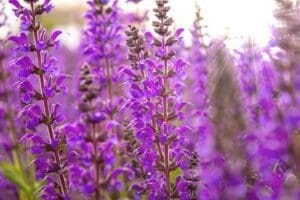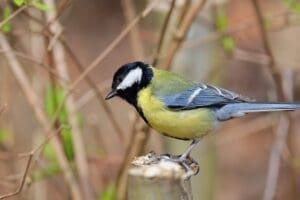Yellow rattle, with its vibrant bursts of golden flowers, plays an important role in wildflower meadows. Yellow rattle lives most its life parasitically tapping nutrients from dominant meadow grasses – which helps to promote richer, more diverse floral communities. Indeed, unlocking a wildflower meadow’s fullest potential requires introducing the supporting actor that is yellow rattle.
What Is Yellow Rattle (Rhinanthus Minor)?
Yellow rattle, scientifically called Rhinanthus minor, belongs to a family of largely parasitic plants called Orobanchaceae. As a hemiparasitic annual wildflower, yellow rattle hosts chlorophyll to perform its own photosynthesis but parasitizes grass roots to supplement nutrients it lacks, especially as seedlings.
Physical traits typifying Rhinanthus minor include:
- Yellow, hood-shaped upper petals forming a curved “helmet” encapsulating small lower petals
- Clusters of small capsule-like fruits hosting seeds following pollination
- Alternate stalkless leaves resembling stinging nettle with sharply toothed edges
Spanning continental Europe to Siberia and parts of western Asia, yellow rattle’s native range extends to northern areas of North America as circumpolar Kobresia myosuroides. Climate warming potentially expands Rhinanthus minor’s range.
Ecological Significance of Yellow Rattle
Parasitizing meadow grasses proves essential for yellow rattle to complete lifecycles but also profoundly benefits floral diversity. By tapping into grass root nutrient and water channels, Rhinanthus minor weakens dominance of fast-growing grasses like ryegrass, Timothy grass, and tufted hairgrass. This suppression of dominant grasses prevents shading out lower-growing wildflowers in the developing meadow ecosystem. Promoting the establishment of endangered or overlooked wildflowers enhances species richness, attracting more pollinators like solitary bees and hoverflies. Thus, yellow rattle facilitates a self-sustaining, biodiverse ecosystem.
Through unique adaptations, yellow rattle counteracts aggressive grasses and promotes wildflower diversity. Incorporating Rhinanthus minor into meadow creation and restoration projects provides innumerable benefits.
Benefits of Yellow Rattle in Wildflower Meadows
Introducing yellow rattle into grassland environments like wildflower meadows offers tremendous advantages over standard seed mixes alone, including:
- Balances ecosystem by suppressing overly dominant grasses for wildflowers to flourish
- Attracts wide range of vital pollinators to facilitate propagation
- Enhances visual appeal with bright yellow flowers amid diverse blooms
By promoting species richness more akin to intact natural meadows, yellow rattle creates vibrant, sustainable plant and animal communities for generations. People enjoy increased aesthetic value with cornucopias of wildflowers painting summer meadows. Bees and other pollinators thrive with diverse food sources blooming sequentially. Rhinanthus minor sets in motion growing, thriving meadows.
Cultivating Yellow Rattle
Realizing yellow rattle benefits requires proper cultivation as an annual plant. Recommendations include:
Sow fresh yellow rattle seeds in autumn months like September soon before first frosts. Cold stratification over winter promotes germination next spring. Target disturbed bare soil patches lacking vegetation. Lightly rake seeds into soil after sowing. Unlike perennial plants, annual yellow rattle forms seed banks in soils seeing growth each subsequent year.
Well-drained, low fertility soils best suit Rhinanthus minor. Avoid overly moist, fertile soils promoting competitive grass growth. Adding yellow rattle suits most soil pH conditions. Manage grass growth around establishing yellow rattle plants through mowing or selective herbicides. But allow some grass growth to parasitize.
FAQs
Q. What is the best time to sow yellow rattle seeds? Sow fresh yellow rattle seeds in autumn around September and October to allow natural winter cold stratification bolstering spring germination rates.
Q. How can I identify yellow rattle in the wild? Look for grassland plants 30-50 cm tall with yellow, helmet-shaped flowers and distinctively toothed nettle-like leaves on erect, square stems early summer. Breaking seed capsules audibly rattles seeds.
Q. Are there any pests or diseases that commonly affect yellow rattle? Rhinanthus minor proves resistant to most diseases. Slugs sometimes damage shoots but rarely affect overall growth. Parasitizing by other species like eyebright (Euphrasia) occasionally occurs but remains uncommon.
Q. How can I encourage the spread of yellow rattle in my wildflower meadow? Allow some yellow rattle plants to seed, annually disturbing bare soil areas around existing patches to expand growth. Mow competing grasses around establishing yellow rattle seedlings.







